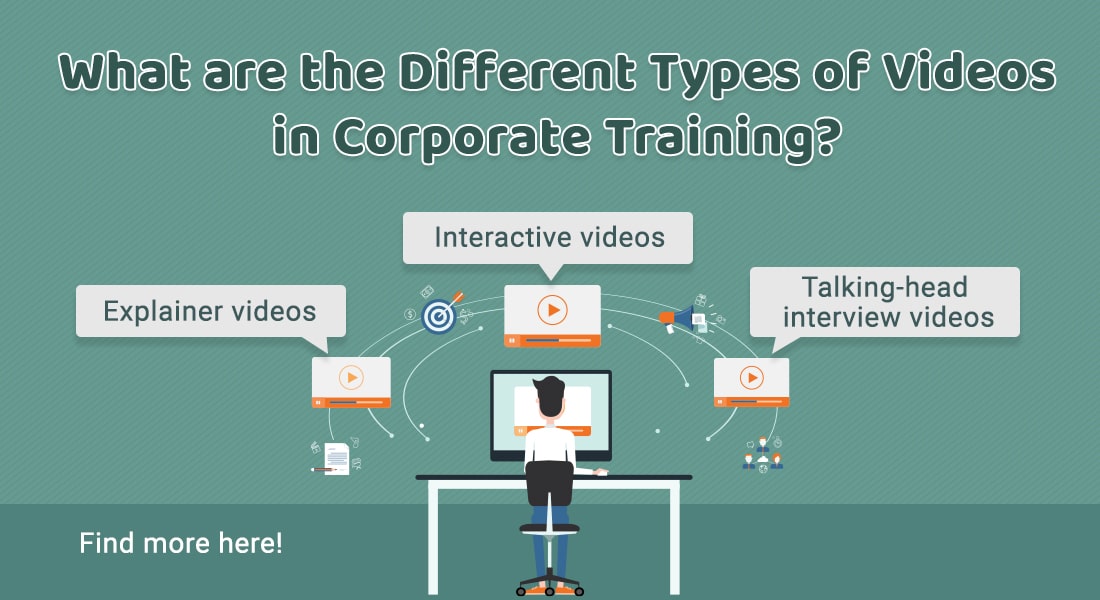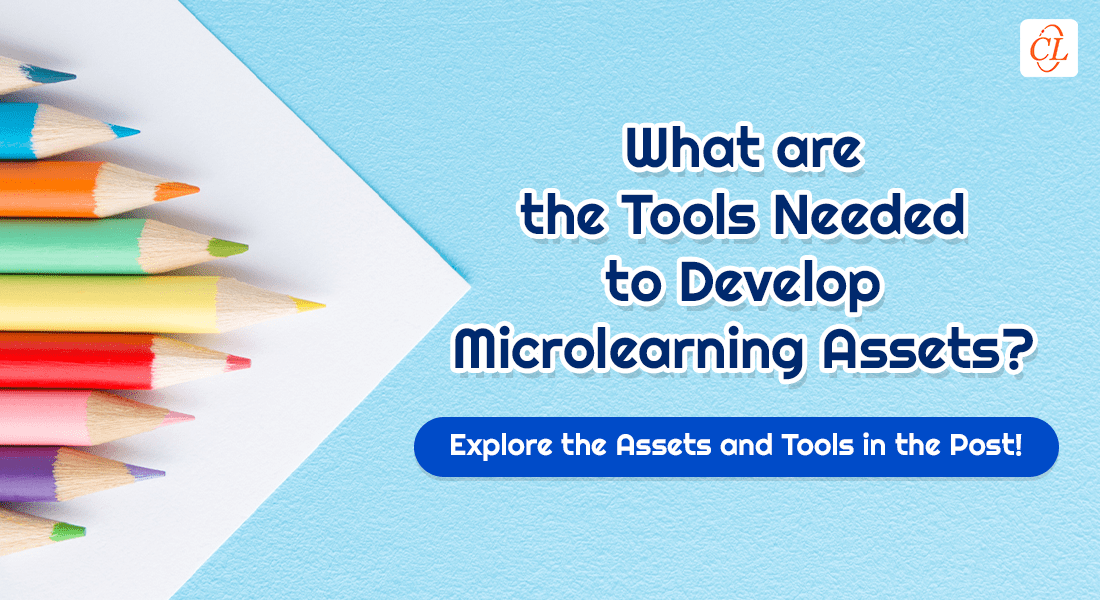Explainer Videos – The Perfect Vehicle to Boost Online Training Effectiveness

Any organizational training is full of industry-specific jargon, processes, compliance policies, and complex terminologies. Grasping a procedure or concept requires the flawless understanding of many such terms. Some might be proficient with the know-how of your company and grasp the subject at hand quickly; this is not the case with everyone. That’s why organizations need to simplify the explanation of things in their training program, for the comfort of all kinds of employees.
However, if you aim to convey explanations of complicated subjects through a standard, text-heavy approach, then you are going to run up a big word-count. Text-heavy modules have been known to put users off and prevent them from absorbing meaningful knowledge, leading to low course completion rates. Text-heavy explanations also increase the size of your e-learning programs, adding to learner disengagement.
What can be done? You can leverage explainer videos if your training is full of theoretical concepts and explanations. Let’s look at a few benefits explainer videos bring to your online training program:
Power of Audio-Visuals
Animated explainer videos involve both visual and auditory senses, which make them more engaging than any other learning method. They have a stronger effect on the human brain, as people are more attracted to motion visuals than to plain text. Additionally, with animated explainer videos supported with audio, you can be more informative as they allow you to convey theoretical concepts in easy-to-understand and retain ways. You can even use whiteboard videos to deliver a clear message at a minimum cost.
Compress any Topic without Losing Impact
For example, if a topic takes about 20 minutes to cover through a conventional form of learning, an explainer video can cover the same in less than 90 seconds. That’s the power of videos, which make them suitable for a digital learning program. It not only allows you to keep the learning time low, but it also doesn’t lessen the impact of the learning. Learners will most definitely grasp equal knowledge from a 90-sec video, if not more, as they will through a 20-min course.
Generate Interest
A good explainer video is capable of becoming the talk of the town. At its core, watching video is a fun activity that nobody avoids doing. That’s why watching a video is just the first step of the learning process. A properly developed explainer video generally fires the curiosity of your learners, motivating them to explore more of the topic by themselves. Employees also end up learning a lot informally through casual water-cooler or cafeteria discussions they might have about the video with their colleagues.
Higher Retention
The average person retains only 10% of what they hear, but 50% of what they see. Using explainer videos automatically translates to a better learning experience as learners retain more information in less time. Not just that, when it comes to actually applying the information to their day to day work life, they are able to recollect better, as a video conveys the application visually. When watching a video, the brain automatically forms mnemonic connections and main maps with the onscreen visuals and sounds, which can be easily retrieved at a later stage.
Higher Accessibility and Shareability
Owing to the short duration of a video, your learners can access them anywhere, and on any device. Be it in the cafeteria or while commuting, or even just before going to bed, your employees can watch a quick video in whatever few minutes they might have. This also increases the chances of them sharing a good explainer video with their colleagues as sharing multimedia through a mobile device is second nature to most millennial employees. If your company allows sharing of videos on open social media such as Facebook, Twitter, and LinkedIn, your video may also go viral!
Any digital learning program is incomplete without videos. Include videos in a full-fledged e-learning course, develop individual microlearning modules, or even create an interactive video-based scenario. No matter how you use videos, you just can’t go wrong with them.





